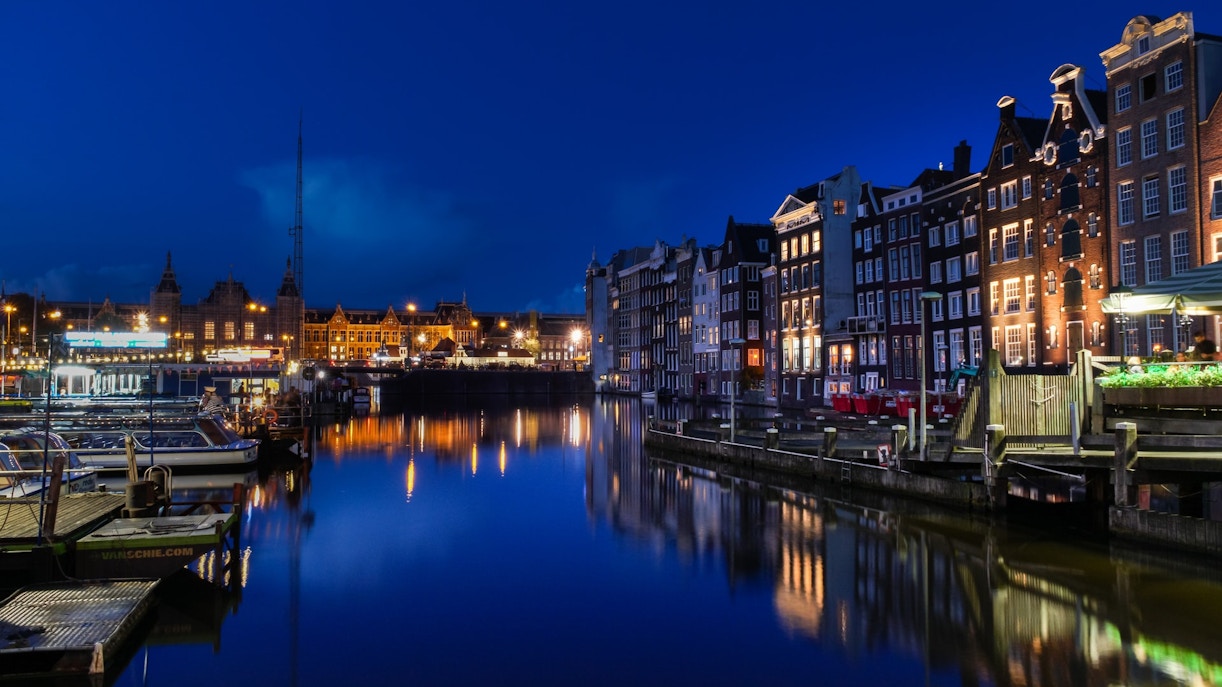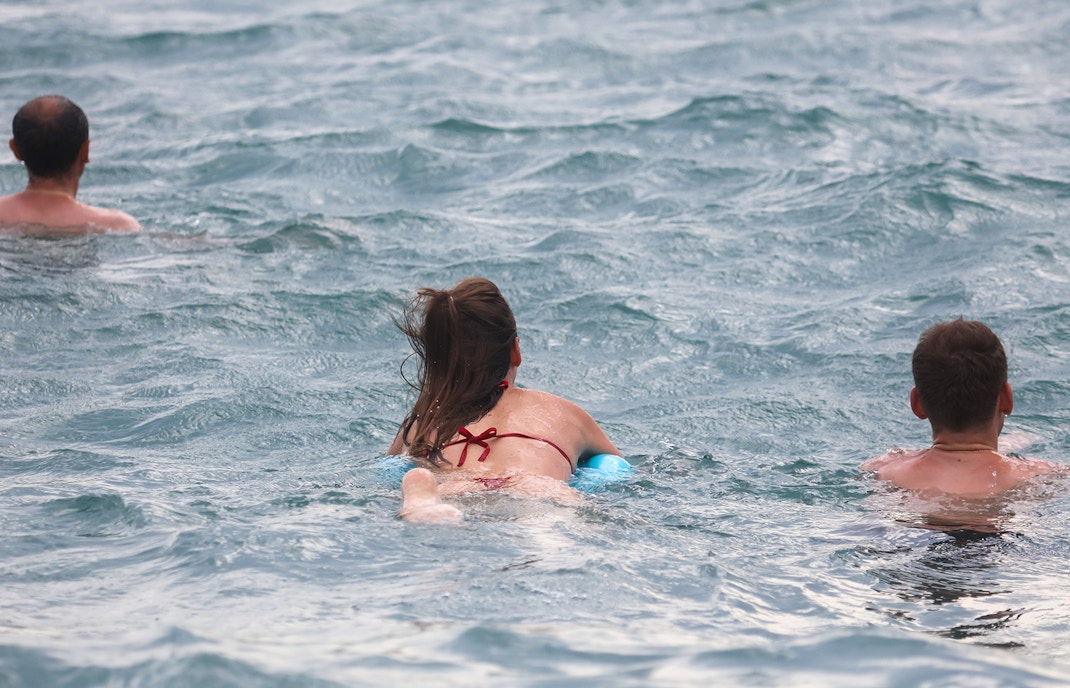- Built in: 17th century
- Avg. depth: 2.6m (Lowest point: 4.5m)
- Length: Over 100 km
- Source: Amstel River
- Number of canals: 165
- Main canals: Herengracht, Prinsengracht and Keizersgracht
- UNESCO site: Since 2010
- Best time to visit: March to May and September to November
Amsterdam Canals | Quick facts






















